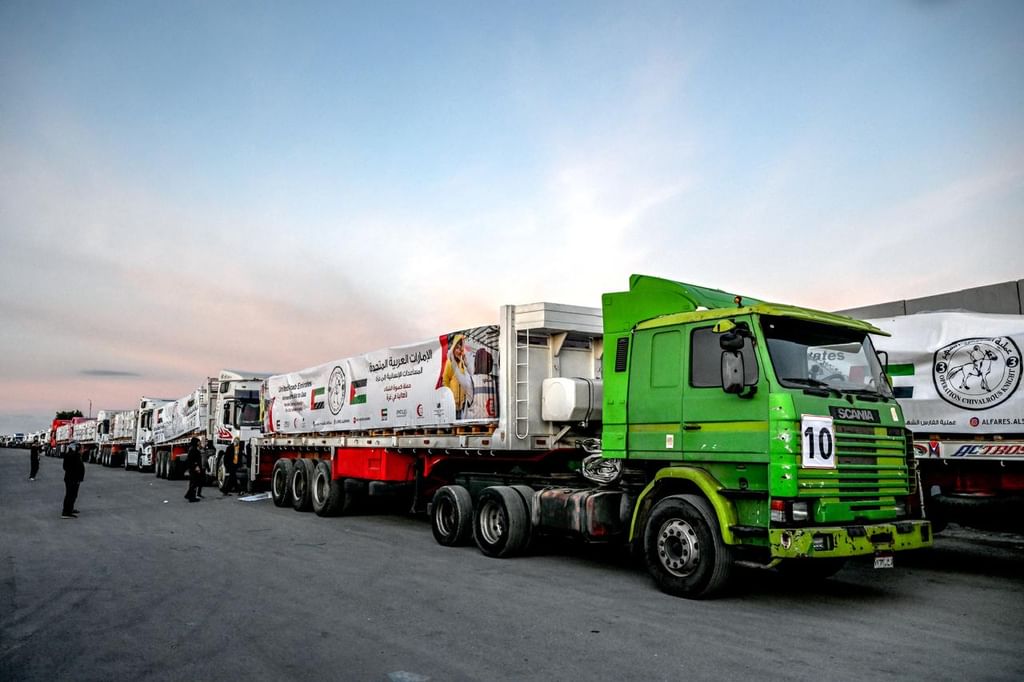Jerusalem, Undefined — After 15 months of conflict, the first steps toward a fragile ceasefire between Israel and Hamas unfolded Sunday with the release of three Israeli hostages and 90 Palestinian prisoners. While both sides celebrated the returns, emotions remained mixed as the long-term implications of the agreement remained unclear.
The ceasefire paused over a year of hostilities, bringing silence to the skies above Gaza and Israel for the first time in months. In Gaza, Palestinians returned to homes reduced to rubble, checked on missing relatives, and prepared to bury their dead. Humanitarian relief efforts also resumed, with more than 600 trucks carrying essential supplies entering the battered enclave.
The truce offered hope for a sustained peace, but tensions lingered. Israeli Prime Minister Benjamin Netanyahu, pressured by both the outgoing Biden administration and incoming Trump administration, secured the deal with assurances that Israel could resume military action if necessary.
Hostages Return to Israel
The release of Israeli hostages Emily Damari, Romi Gonen, and Doron Steinbrecher was met with widespread relief and joy in Israel. “An entire nation embraces you,” said Netanyahu, as the women reunited with their families. Damari, whose hand was bandaged from injuries sustained during Hamas’ attack on October 7, 2023, raised her arm in a gesture of triumph.
The hostages were among the 33 Israelis slated to be released over six weeks under the agreement, which also includes the release of nearly 2,000 Palestinian prisoners and increased aid deliveries to Gaza.
At Hostages Square in Tel Aviv, where families have been rallying for a ceasefire, thousands gathered to watch the emotional reunions on large screens. Applause erupted as footage showed the women being transferred by Hamas militants to Red Cross ambulances in Gaza City.
“Happy and excited for their release,” said National Security Minister Itamar Ben-Gvir, who resigned from Netanyahu’s coalition in protest of the ceasefire.
Palestinian Prisoners Freed in the West Bank
In the occupied West Bank, the release of 90 Palestinian prisoners — all women and teens — took longer to unfold. Late into the night, buses carrying the detainees exited Ofer prison, near Ramallah, to jubilant crowds despite warnings from the Israeli military against public celebrations.
Fireworks lit up the sky as drivers revved their engines, and men climbed onto buses, waving Hamas flags. “God is greater!” the crowd chanted, undeterred by hours of waiting and intermittent scuffles with security forces.
The emotional scenes underscored the deep divide between the joy of release and the ongoing reality of occupation.
What Comes Next?
The first phase of the ceasefire agreement spans 42 days, with subsequent stages potentially including more prisoner exchanges and hostages’ release. However, the future remains uncertain as both sides grapple with the challenges of achieving lasting peace.
For now, the ceasefire has offered a brief respite from the relentless violence, allowing Israelis and Palestinians to hold onto cautious hope for what might come next.








